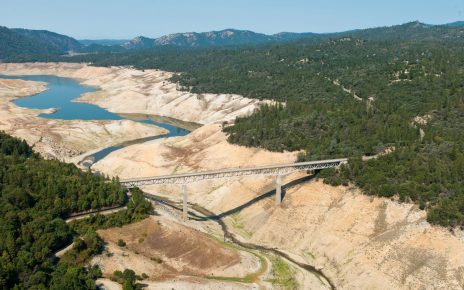by Katy Grimes, E&E Legal Senior Media Fellow and California Globe Editor
As Appearing in the California Globe
Power outages, rolling blackouts didn’t used to be the norm in California; they are now
Last week, Californians learned that Pacific Gas and Electric told state utility regulators that a damaged fuse box from a one of their power lines could be responsible for starting the large Dixie Fire currently burning in the Sierra Nevada mountains.
The Globe spoke with an energy industry expert on Tuesday, who asked to remain unnamed, about how it appeared PG&E was attempting to get out in front of this latest fire. He agreed, but there is more to it than just public relations. Specifically, he said it’s about PG&E’s credit rating, and their ability to purchase power from other energy providers.
According to Marketbeat, as of December 31, 2020, PG&E owns and operates approximately 18,000 circuit miles of interconnected transmission lines, 35 electric transmission substations, approximately 108,000 circuit miles of distribution lines, 68 transmission switching substations, and 758 distribution substations; and natural gas transmission, storage, and distribution system consisting of approximately 43,500 miles of distribution pipelines, approximately 6,300 miles of backbone and local transmission pipelines, and various storage facilities.
Pacific Gas & Electric (PG&E) officially exited bankruptcy in July 2020 after paying billions in claims and settlements, and accepting responsibility in dozens of wildfire deaths. But the utility giant is still facing significant turmoil.






